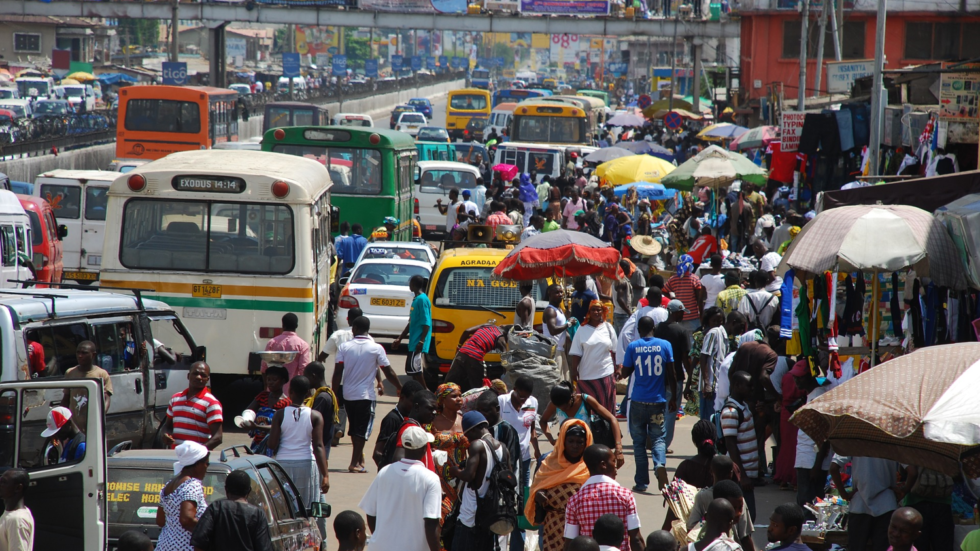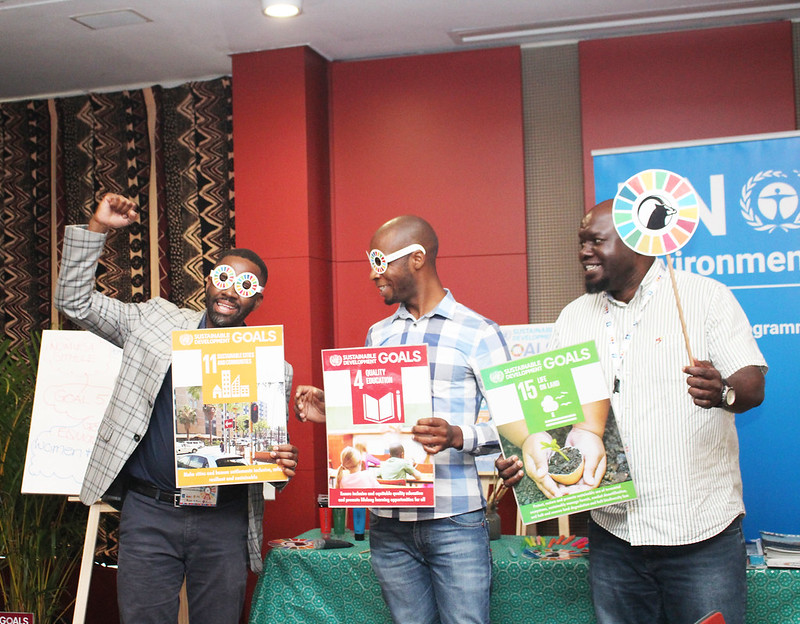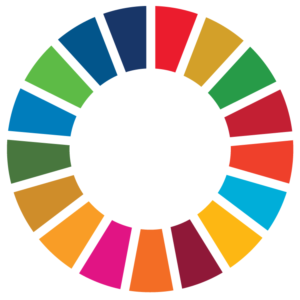chevron_left Back to News updates
29 June 2020
Localising the SDGs: 5 tips for cities and towns anywhere in the world
It is the last decade for achieving the SDGs and local governments have a crucial role to play. Our research and workshops in South Africa have yielded practical tips for cities, towns and regions to do this work without adding an additional reporting burden to city officials’ to-do lists.









